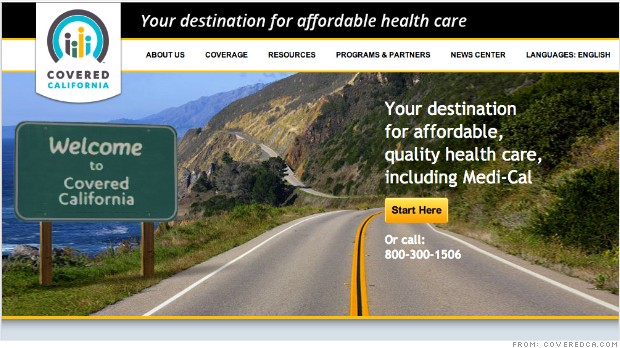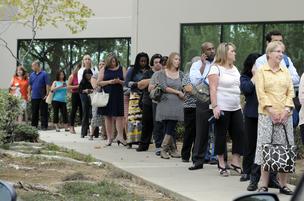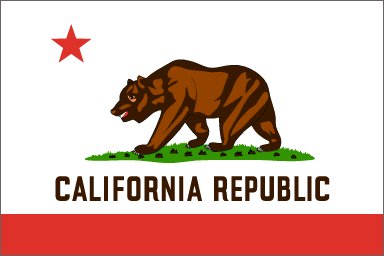If you try to understand Obamacare, you’re guaranteed to get a nation-sized headache. (I tried, and I did.) Federal and state government officials have a mess on their hands, and nearly every statement you can make about the law comes with 17 qualifications. But here’s some health advice for Californians: take two aspirin—and stop thinking of Obamacare as a national story.
The Affordable Care Act created a lot of new health insurance marketplaces, and the secret is that they’re not really federal or state entities. They’re regional.
For the purposes of selling insurance to individuals and small groups, California’s government divided the state into 19 regions, each with different insurance prices and subsidies based on demographic and economic data. If you’ve heard about the “state insurance exchange” in the media, it doesn’t refer to one market. In California, it refers to 19 different regional markets. Obamacare’s impact will differ across Californian communities, often in unpredictable ways. Unless you’re a policy buff, you’re probably best off if you stick to understanding your own market.
The reason for the 19 regions is that the ACA prohibited insurers from using your health as a basis for denying coverage or determining insurance rates. That left insurers with two ways to set your insurance prices—your age and your place of residence. Healthcare costs differ from region to region—both because of differences among hospitals and other health providers and because of health differences among populations. Therefore, insurance premiums will now differ along regional lines.
Why 19 regions? Under Obamacare, every state is required to divide its insurance markets into a minimum number of regions—essentially, one per Metropolitan Statistical Area, or media market. In some states, however, insurers have lobbied for even more regions than required by law, and the federal government has generally signed off on these changes. In California, lawmakers considered plans for as few as six regions before eventually expanding the number to 19 regions. (We’re not the only state with more regions than usual; Texas, determined to be bigger in everything, has 26, and South Carolina, determined to be crazier in everything, has 46, one for each county.)
Via: California Political Review
Continue Reading....









